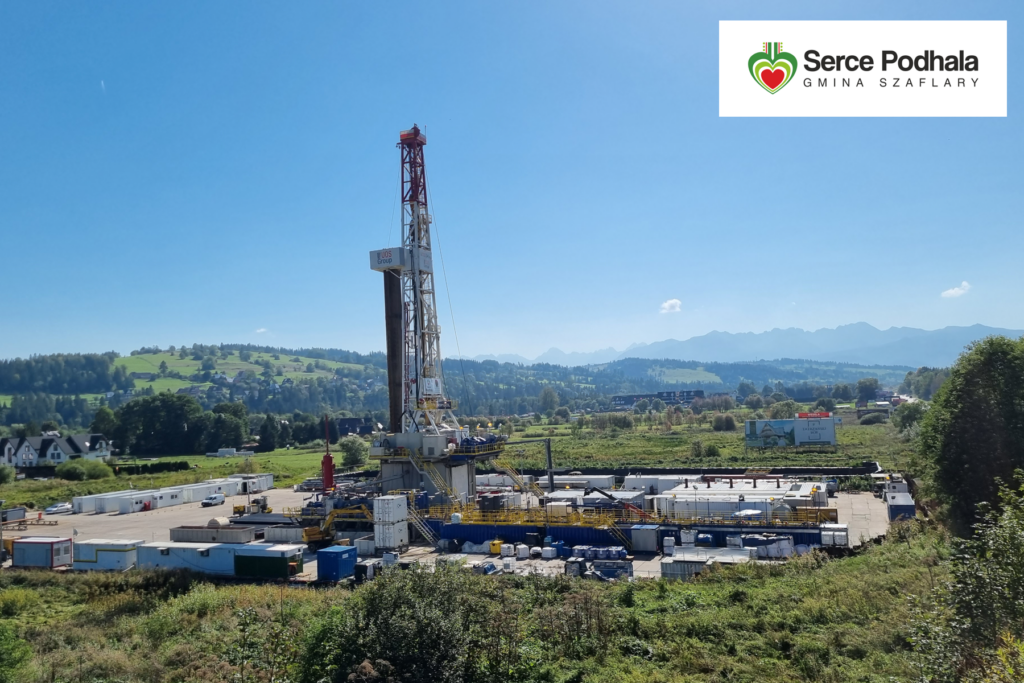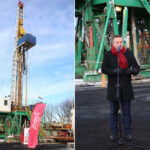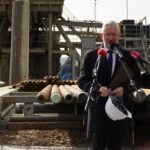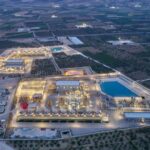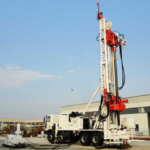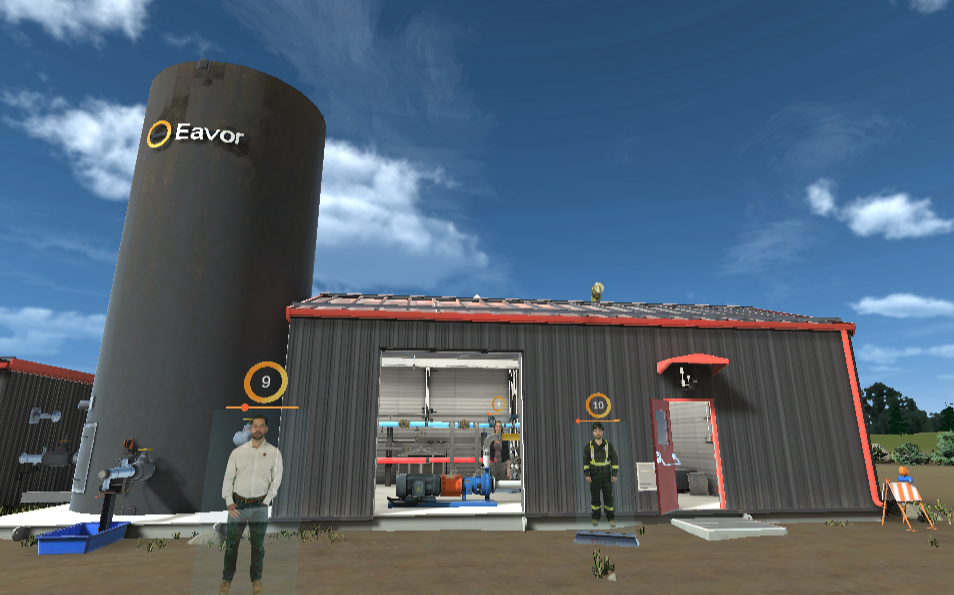Drilling of 7-km geothermal well in Szaflary, Poland reaches halfway point
Energy Disrupter
Drilling of the Banska PGP-4 geothermal well in Szaflary, Poland has reached the 3800-meter point – about halfway to the target 7-kilometer total depth.
The drilling of the world’s deepest geothermal well Banska PGP-4, with a target total depth of 7,000 meters, has entered the second phase of work. The drilling started on April 2023 and now has reached halfway – about 3,800 meters. The drilling works are carried out by UOS Drilling S.A., a company selected through a tender.
The drilling works of the Banska PGP-4 well are expected to last until the third quarter of 2024.
The project assumes that geothermal water is to be used mainly for heating a large number of houses in the Szaflary commune and Nowy Targ. The potential of a clean geothermal heat consumer market is huge since the Szaflary commune has a total population of approximately 11,000 inhabitants, and the city of Nowy Targ has about 30,000 respectively.
The Mayor of Szaflary’s municipality Rafal Szkaradzinski assured that about 1150 facilities including house owners, public buildings, and hotels in the Szaflary area have already applied to the new anticipated geothermal network and many others are also considering joining.
Experts expect that the water temperature in the deeper aquifer at the bottom of the well (7,000 m) will exceed 180 degrees Celsius. If the well is successful, electricity production is also taken into account.
The Podhale geothermal aquifers occur within the Podhale Basin. In the South, it borders the Tatra Mts. – its main recharge area, while from the North it is limited by the Pieniny Klippen Belt acting as an impermeable barrier. Reservoir rocks are mainly Triassic carbonates, and subordinate Jurassic sandstones and carbonates. The main geothermal aquifer is hosted within the Triassic and Eocene carbonates, in the 2,900–3,500 m depth interval. Reservoir temperatures reach 80–90 degrees Celsius and the water flow rates vary from 50 to 150 l/s. The TDS is about 0.1–2.5 g/l. The aquifer is under artesian conditions. The second aquifer is expected at a level of 3,800 to 4,500 m.
The research and exploitable borehole will provide insight into the characteristics of the deepest part of the Podhale basin. The well designer expects that at a depth of 7,000 m the boundary of the Mesozoic sedimentary cover with the granite bedrock will be reached. Moreover, in combination with the interpretation of 3D seismic data, an extremely valuable set of research data will be created, allowing the preparation of a detailed 3D structural model of the entire Podhale geothermal basin – planned after the completion of drilling.
The project is estimated to cost some PLN 130 million (USD 29m/EUR 27m), of which 100% will be covered by subsidies from the National Fund for Environmental Protection and Water Management.
Moreover, in parallel, hoping for a positive completion of drilling a geothermal distribution network of about 76.2 km has been designed, spanning the communes of Szaflary, Zaskale, Bor and Banska Nizna. The investment, estimated at PLN 4.4 million, has been 85% co-financed by the Regional Fund for Environmental Protection and Water Management in Krakow.
Mayor of the Szaflary’s municipality Rafal Szkaradzinski said: “The project is unique not only because we care about environmental protection and clean air in our area, but we also care about our energy security…”
Before this project, the deepest 6,400-m deep borehole so far was drilled in the 2018 year in Espoo, Finland.
Source: Marek Hajto of Polish Geothermal Society / AGH University of Krakow via email correspondence


